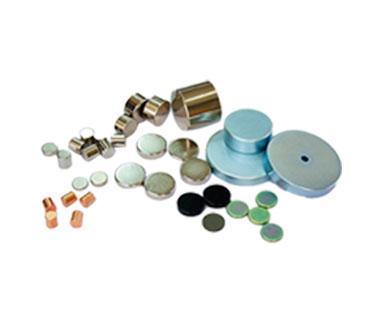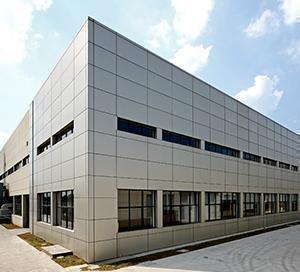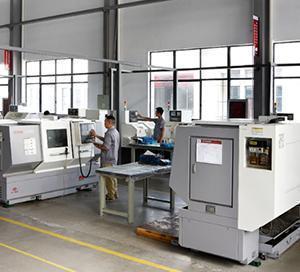According to the materials, magnets can be divided into neodymium magnets, ferrite magnets, samarium cobalt magnets, and aluminum nickel cobalt magnets. Among them, the most popular is neodymium magnet, also known as the "king of magnets" due to its ultra-strong magnetic force. Magnets can be divided into permanent magnets and ordinary magnets according to their magnetic properties. They can be divided into strong magnets and ordinary magnets according to their magnetic force.
Differences between neodymium magnets and ordinary magnets
The difference between neodymium magnets and ordinary magnets lies in their magnetic properties. The magnetic field on the surface of neodymium magnets is too strong, exceeding the coercivity of ferrite magnets of the same polarity. When the same poles are close, the ferrite magnet is demagnetized and magnetized in the opposite direction, making the same poles become opposite poles and attract each other. If the N pole of the ferrite magnet is close to the N pole of the neodymium magnet, the N pole of the ferrite magnet will become the S pole. However, this is only the part close to it. It is worth noting that when the neodymium magnet is far away, the N pole of the ferrite magnet will still recover to the N pole, but its magnetism has weakened. Neodymium magnet is a tetragonal crystal formed by neodymium, iron, and boron. Neodymium magnets are widely used in electronic products such as hard drives, phones, headphones, and battery-powered tools.
Neodymium iron boron is divided into sintered neodymium iron boron and bonded neodymium iron boron. Sintered neodymium iron boron is an anisotropic magnet, which means that the direction of the strongest magnetism is fixed, while bonded neodymium iron boron can be divided into isotropic and anisotropic magnets according to the process, and all directions can be magnetized, which is isotropic magnetism. The magnetic performance is in descending order from sintered neodymium iron boron magnet to anisotropic bonded neodymium iron boron magnet, and isotropic bonded neodymium iron boron magnet. Since neodymium iron boron is prone to corrosion, the surface of sintered neodymium iron boron magnet can be plated with zinc, nickel, environmentally friendly zinc, environmentally friendly nickel, nickel-copper-nickel, eco-friendly nickel-copper-nickel, epoxy, etc. Bonded neodymium iron boron can only be coated with epoxy because it cannot conduct electricity.
What is the difference between ordinary magnets and neodymium magnets?
High-temperature resistance: The ambient temperature and Curie temperature of bulk neodymium magnets for sale are higher than those of ordinary magnets. Regardless of which strong magnet material is used, its performance is better than that of ordinary magnets, which can greatly improve the limit temperature of the strong magnet itself. In industry, machines can run at high temperatures.
Hardness: Since neodymium magnets increase rare metal elements, their hardness will be higher than that of ordinary magnets. Therefore, during use, it greatly avoids the magnet being broken due to collision, while ordinary magnets are fragile and their appearance will rust for a long time.
Strong magnetism: In the market, people usually judge the strength of magnetism by the weight that it can attract because there is no professional testing tool for it. Neodymium iron boron magnets can attract 640 times their own weight, showing how strong their magnetic force is. Therefore, when in contact with strong magnets, care should be taken to avoid fingers being caught in them.
In summary, there is still a big gap between neodymium magnets and ordinary magnets. Neodymium magnets are usually used in the electronics and other industries because of their ultra-strong magnetic properties, which provide conditions for miniaturization and lightweight of magnetic devices.
 English
English 日本語
日本語 한국어
한국어 français
français Deutsch
Deutsch Español
Español italiano
italiano русский
русский português
português العربية
العربية


